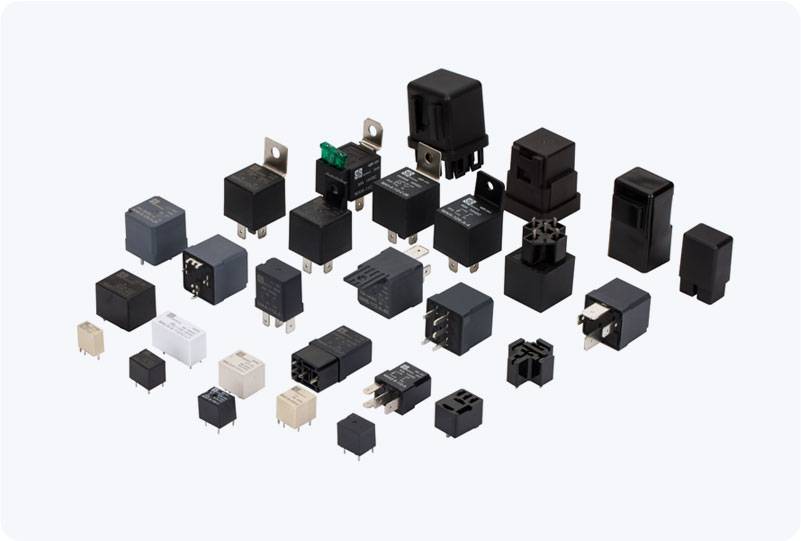As the world moves towards a greener future, the automotive industry is increasingly embracing electric vehicles (EVs) and hybrid systems, which are vital in reducing greenhouse gas emissions and reliance on fossil fuels. A key component in the high-voltage systems of new energy vehicles (NEVs) is the High Voltage DC Relay. These relays play a crucial role in ensuring the safety, efficiency, and reliability of electric propulsion and energy management systems. In this article, we will explore the significance of high voltage DC relays in new energy vehicles, their functionality, and the challenges involved in their design.

The Role of High Voltage DC Relay in New Energy Vehicles New energy vehicles, particularly electric vehicles (EVs) and plug-in hybrid electric vehicles (PHEVs), rely on large battery packs to power electric motors. These battery systems typically operate at high voltage levels, ranging from 100V to over 800V, depending on the vehicle model and design. In such high-voltage systems, effective power control, protection, and safety mechanisms are essential to ensure the longevity and reliability of the vehicle’s electrical components. High Voltage DC Relays serve as the key switches in these systems. They enable the connection and disconnection of circuits within the high-voltage network, allowing the battery to be safely charged, discharged, or isolated from the rest of the system when needed. Essentially, these relays control the flow of high-voltage direct current (DC), which is crucial for the efficient operation of the battery and motor systems.
Leave a Reply